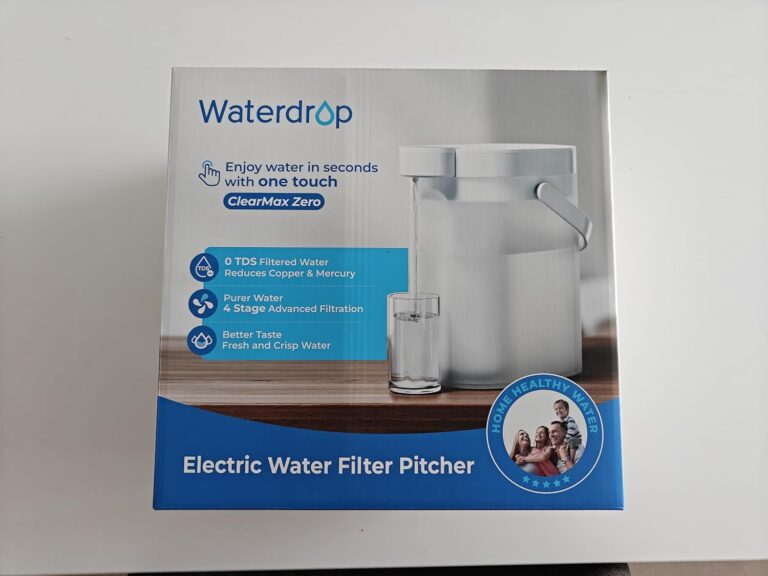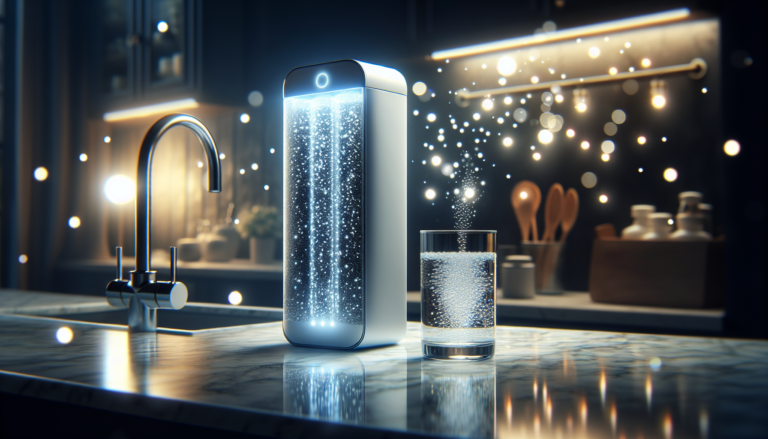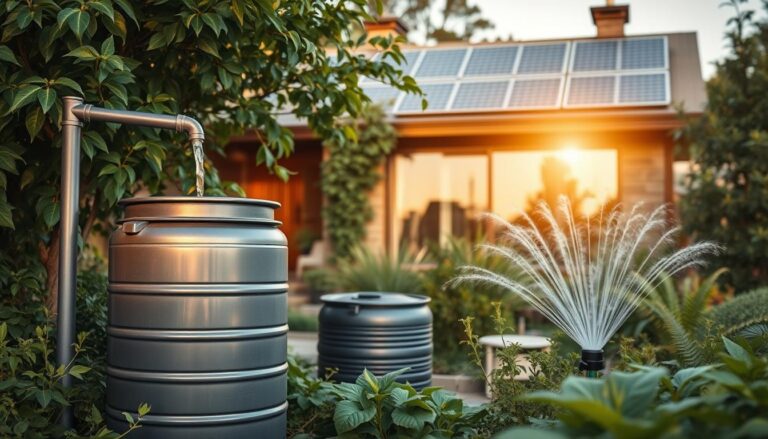Discovering the Essentials: What Is an Inline Water Filter?
Have you ever thought about the quality of the water you’re drinking every day? It’s something we often take for granted, yet ensuring the purity and safety of our water supply is crucial for our health and well-being. In today’s world, where contamination risks are a rising concern, water filtration solutions are becoming more popular. One such solution that might have caught your attention is the inline water filter. But what exactly is an inline water filter, and how does it benefit your daily life?
Understanding Inline Water Filters
Inline water filters represent a specific category of water filtration systems. Installed directly into your water line, these devices work seamlessly to purify water as it travels through the pipes. Unlike other filtration systems that might require you to fill a separate container or pitcher, an inline filter becomes part of your existing plumbing, delivering filtered water straight to your tap or appliance.
To give you a clearer picture, imagine having high-quality filtering happening unnoticed every time you turn on your faucet. This simplicity and convenience make inline water filters a popular choice for households looking for continuous access to clean water. Let’s delve deeper into the specifics of how these filters work and the benefits they offer.
How Inline Water Filters Work
The beauty of an inline water filter lies in its straightforward functionality. Generally, water enters the filter through its inlet, gets purified as it passes through different filtration media within the filter, and then exits through the outlet. This process effectively removes impurities and contaminants such as sediment, chlorine, and other harmful substances.
But how exactly does this filtration process work? Inline water filters employ various technologies, including activated carbon, sediment filters, and sometimes more advanced processes like reverse osmosis. Each serves a distinct purpose. For instance, activated carbon is excellent at removing odors, chlorine, and organic compounds, whereas sediment filters capture physical particles such as sand and rust.
Advantages of Inline Water Filters
There are several reasons why you might consider using an inline water filter in your home. First and foremost, these filters offer improved water quality by removing contaminants and impurities. This not only enhances the taste of your drinking water but also ensures its safety.
Another significant advantage is the convenience they provide. Because inline filters are installed directly into your water supply line, you don’t have to worry about constantly refilling or maintaining a separate filtration device. This streamlined filtration process saves time and reduces hassle, making it easier for you to enjoy clean water.
Additionally, inline filters can be a cost-effective solution. Compared to other filtration systems like bottled water or countertop units, inline water filters tend to have lower costs in the long run. They minimize the need for purchasing disposable water bottles and often require less frequent cartridge replacements, reducing your overall household expenses.
Common Types of Inline Water Filters
When choosing an inline water filter for your home, it’s beneficial to understand the different types available. The selection typically depends on your specific needs, such as the contaminants present in your water and the appliances you want to connect to.
Here’s a breakdown of some common types of inline water filters:
| Type | Function |
|---|---|
| Sediment Filters | Capture large particles like dirt, sand, and rust, preventing them from entering your water supply. |
| Activated Carbon Filters | Excellent at removing chlorine, odors, and organic chemicals, enhancing taste and odor. |
| Reverse Osmosis Filters | Advanced filtration that removes a wide range of contaminants, including heavy metals and salts. |
| UV Filters | Utilize ultraviolet light to kill bacteria and viruses, providing an additional layer of protection. |
Each type brings distinct benefits, and understanding these can help you make an informed decision when selecting a filter type that suits your needs.
Installation and Maintenance
Deciding on an inline water filter also involves considering the installation process and ongoing maintenance. While it might sound complex, installing an inline filter is generally straightforward and can often be done without professional help. Most units come with easy-to-follow instructions that guide you through the installation process.
Steps for Installing an Inline Water Filter
- Identify the Installation Point: Choose an appropriate location in your water supply line. The filter should be easily accessible for maintenance and replacement.
- Turn Off Water Supply: Before installing, make sure to turn off the water supply to safely proceed with the installation.
- Cut the Water Line: Using a pipe cutter, cut the section of the pipe where you plan to install the filter.
- Connect the Filter: Attach the water filter to the cut sections of the pipe, ensuring the correct direction of water flow is maintained.
- Secure the Connections: Use fittings and clamps to secure the connections and prevent leaks.
- Turn On Water and Check for Leaks: Once installed, turn on the water to check for any leaks and verify the setup is functioning properly.
Ongoing Maintenance
Like any filtration system, inline water filters require regular maintenance to ensure they function efficiently. This typically involves replacing the filter cartridges at intervals specified by the manufacturer. Cartridges can last anywhere from six months to a year, depending on the water quality and usage in your home. Regular checks are also important to prevent clogs or malfunctions, ensuring a continuous supply of clean water.

Are Inline Water Filters Right for You?
Now that you’ve gained insights into what an inline water filter is and how it works, it’s time to determine if this is the right solution for your household. Consider factors such as your current water quality, ease of installation, maintenance willingness, and budget.
Benefits You’ll Enjoy
With an inline water filter, you can expect several benefits, including improved taste and odor, the convenience of use, affordability, and durable quality. These filters maintain your household’s water purity without demanding much time or energy from your end, making them an attractive option for many.
Addressing Potential Drawbacks
Despite their advantages, inline water filters are not without downsides. For example, they may be less effective against certain contaminants when compared to more complex filtration systems like whole-house filters. Additionally, initial installation can be daunting for those not familiar with plumbing work, though most units are designed for easy home installation.
Weighing these pros and cons can help determine whether an inline water filter matches your home’s needs and lifestyle.
Conclusion
It’s fascinating to discover how much a simple device, like an inline water filter, can improve the quality of something as essential as water. As water quality concerns continue to rise, understanding and investing in effective filtration options becomes increasingly significant. By now, you should have a good grasp of what an inline water filter is, how it operates, and the benefits it can offer.
Making informed decisions about your home’s water supply not only contributes to your health and safety but can also enhance the overall quality of life for you and your family. Whatever decision you make, the right filtration system should suit your lifestyle, meet your needs, and provide you with peace of mind in the long term.








